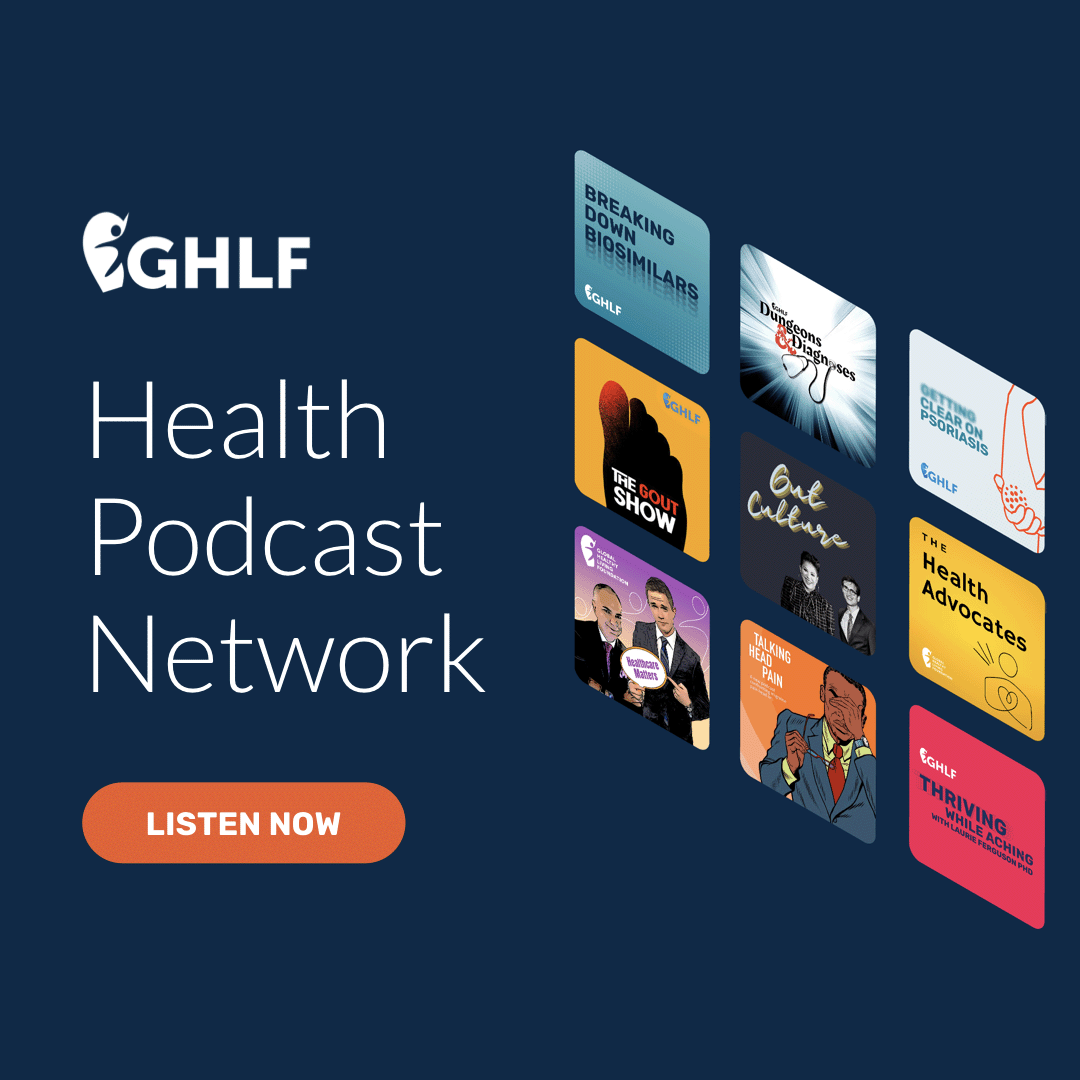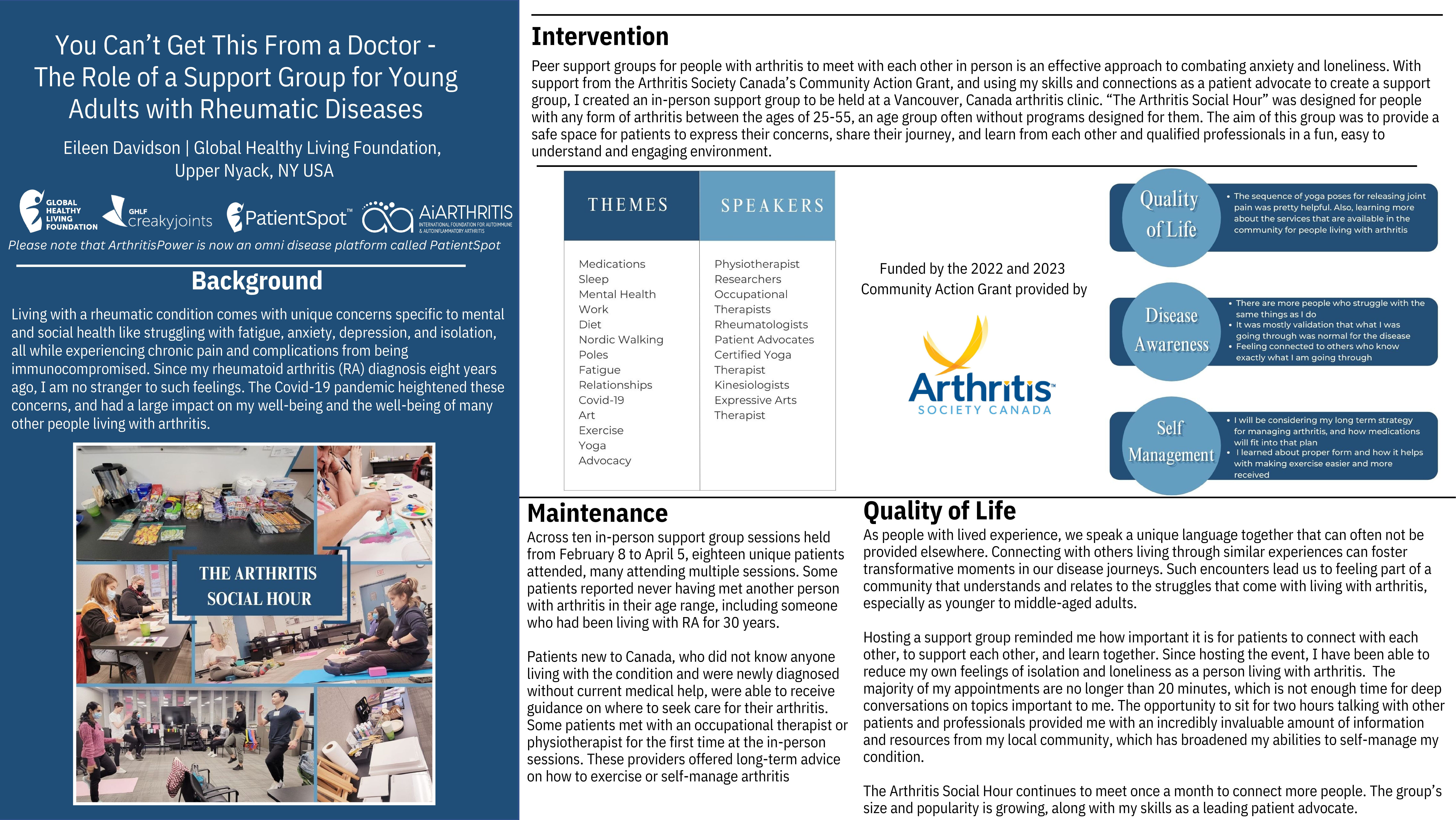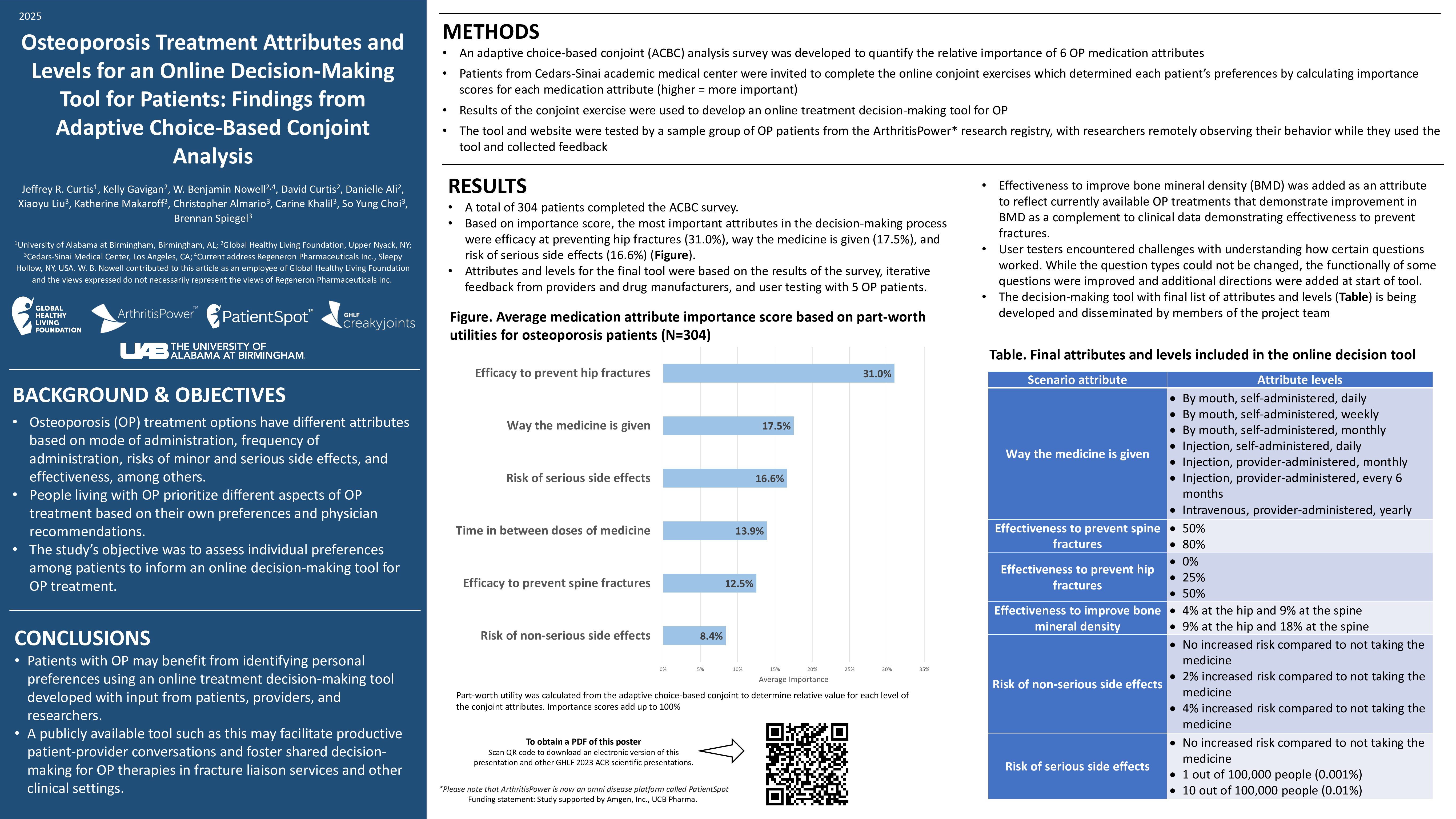Learn more about our FREE COVID-19 Patient Support Program for chronic illness patients and their loved ones.
Eating and drinking on-site at restaurants could significantly increase your chances of contracting COVID-19, according to new research.
About 150 COVID-19 patients’ community and close contact exposures were compared to those of 160 control participants with negative COVID-19 tests, according to data published in the U.S. Centers for Disease Control and Prevention Morbidity and Mortality Weekly Report. Unsurprisingly, individuals with COVID-19 were more likely to report close contact with a person with known COVID-19 (42 percent) than control participants (14 percent). Most close contacts were family members.
Interestingly, COVID-19 patients were also more likely to have reported dining at a restaurant (in any area designated by the restaurant — either indoors or outdoors) in the two weeks before falling ill than control participants. While 41 percent of individuals with a positive test had eaten at a restaurant in the previous two weeks, only 28 percent of those with a negative test had.
Even after restricting the analysis to participants without a known close contact to someone with confirmed COVID-19, the researchers found that COVID-19 patients were still more likely to report having dined at a restaurant or gone to a bar or coffee shop than control patients.
“Exposures and activities where mask use and social distancing are difficult to maintain, including going to places that offer on-site eating or drinking, might be important risk factors for acquiring COVID-19,” note the authors. “As communities reopen, efforts to reduce possible exposures at locations that offer on-site eating and drinking options should be considered to protect customers, employees, and communities.”
Compared with COVID-19 patients, the controls with negative tests were also more likely to be non-Hispanic white, have a college degree or higher, and report at least one underlying chronic medical condition.
In the two weeks prior to illness onset, 71 percent of COVID-19 patients and 74 percent of control participants reported always using cloth face coverings or other masks in public.
However, no significant differences were seen between COVID-19 patients and control participants when it came to participating in activities like:
- Shopping
- Gatherings with 10 or fewer persons in a home
- Gatherings with more than 10 people in a home
- Going to an office setting
- Going to a salon
- Going to a gym
- Using public transportation
- Attending a church or religious gathering
- Going to a bar/coffee shop (but only when the analysis included participants with a known close COVID-19 contact)
Of the participants who reported dining at a restaurant or going to a bar or coffee shop, those who tested positive for COVID-19 were less likely to report seeing nearly all patrons at the restaurant following recommendations like social distancing or wearing a mask whenever possible than those who tested negative.
This report has several limitations, including that the sample size was limited to 314 symptomatic patients who actively sought testing from July 1 to July 29, 2020 at 11 U.S. health care facilities. The survey also did not distinguish between indoor and outdoor dining — and outdoors is generally considered better when it comes to COVID-19 prevention.
Still, the data provides one more piece of the puzzle in understanding COVID-19 transmission. It is difficult to wear face masks continuously at restaurants, coffee shops, and bars, and eating and drinking in communal settings appears to be contributing to transmission of the virus.
If you’re missing your local eatery but are concerned about COVID-19, here’s how to stay safe while still enjoying your favorite haunts (spoiler: it involves dining outside and eating only with people who live in your household).
Get Free Coronavirus Support for Chronic Illness Patients
Join the Global Healthy Living Foundation’s free COVID-19 Support Program for chronic illness patients and their families. We will be providing updated information, community support, and other resources tailored specifically to your health and safety. Join now.
Fisher KA, et al. Community and Close Contact Exposures Associated with COVID-19 Among Symptomatic Adults ≥18 Years in 11 Outpatient Health Care Facilities — United States, July 2020. Morbidity and Mortality Weekly Report. U.S. Centers for Disease Control and Prevention. September 11, 2020. doi: http://dx.doi.org/10.15585/mmwr.mm6936a5.
Somsen GA, et al. Small droplet aerosols in poorly ventilated spaces and SARS-CoV-2 transmission. The Lancet Respiratory Medicine. May 27, 2020. doi: https://doi.org/10.1016/S2213-2600(20)30245-9.












